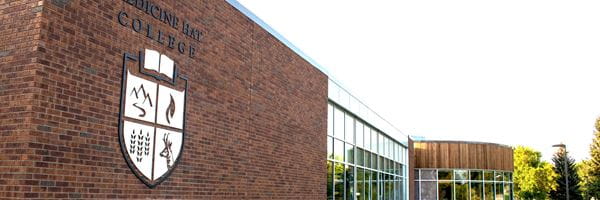Research looks to the past for modern-day social change
New research, founded by a Medicine Hat College (MHC) English and humanities instructor, looks to the past as a compass for making social change in the present.Dr. Jana Smith Elford and her collaborator, Dr. Michelle Meagher, chair of the Women’s and Gender Studies program at the University of Alberta, have been awarded $74,986 from the Social Sciences and Research Council of Canada.
Their research, AdArchive: Tracing Pre-Digital Networked Feminisms, explores the mobilization of social movements in a time pre-dating social media.
“In our modern world, we think about people organizing social movements through social media. We are arguing that before the advent of social media, this happened through magazines” explains Smith Elford. “One of the things that we’re doing is tracing the advertisements in feminist social movement magazines to show how people connected to each other, how they mobilized and how they shared events with each other, through the medium of the ads within these magazines.”
By looking to the past, Smith Elford believes we can improve our modern-day methods with the addition of technology.
“I think anytime we figure out how people made social change happen in the past, it helps us in the present. If we know what was effective in the past, we can figure out what is effective in terms of mobilizing and figuring out what we can do that is different.”
The researchers have begun by taking samples of advertisements from social movement magazines over the span of one year, 1979. Beginning with the historical magazine, Heresies, they will understand how networks were formed. They then plan to digitize these advertisements to be made accessible to the public.
“We started with Heresies, and then we expanded to all the magazines that advertised in Heresies in 1979 to see who else they advertised for. We then did one more round to find the magazines that were advertised in all those other magazines, so we’re just finishing up the last stage of gathering and then we’re representing them.”
It will take intricate coding to digitize these advertisements and connect them to each other to put them into a linked-data database, called Research Space.
“By using linked data, it gives us the capacity to represent the advertisements and the connections among them” says Smith Elford.
“You can also facet it by different questions that you have, so you could count how many times a particular magazine is advertised, how many times they mention a particular word, or how many times they mention different social figures in the social movement.”
The research will span two years with the grant and the researchers envision that it will become an educational tool and a research tool for both institutions and the public.
“We think it’s a very valuable tool for everyone. That’s part of the reason we decided to go with linked open data so it’s accessible to the public and smaller institutions that can’t afford the big ticket prices of other sources.”
